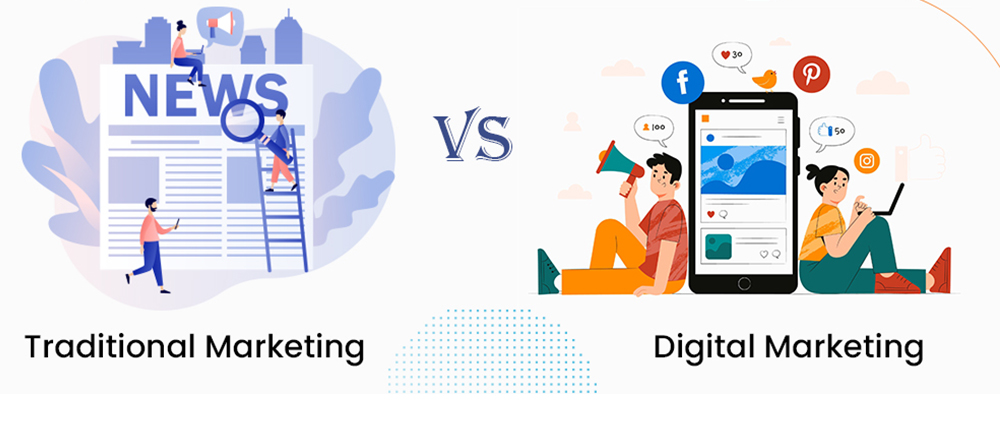Digital vs Traditional Marketing: Choosing the Right Strategy for Your Business
In today’s fast-paced world, businesses are constantly looking for ways to effectively reach their target audience. At Substance Ads, a 360-degree marketing agency, we often get asked: which is better, digital marketing or traditional marketing? The answer isn’t straightforward. Both approaches have unique advantages and challenges, and the choice often depends on your business goals, target audience, and budget. Let’s dive deeper into the differences to help you make an informed decision.
What is Traditional Marketing?
Traditional marketing refers to offline marketing strategies that have been around for decades. These include:
• Print Media: Newspapers, magazines, brochures, and flyers.
• Broadcast Media: Television and radio advertisements.
• Outdoor Advertising: Billboards, posters, and transit ads.
• Direct Mail: Postcards, catalogs, and promotional letters.
Pros of Traditional Marketing:
1. Tangible Impact: Physical materials like brochures and magazines create a lasting impression.
2. Local Reach: Ideal for businesses targeting a specific geographical area.
3. Credibility: Established channels like TV and newspapers are trusted by many audiences.
Cons of Traditional Marketing:
1. High Costs: Print and broadcast ads can be expensive.
2. Limited Audience Tracking: Measuring ROI is challenging.
3. Lack of Flexibility: Once an ad is published, changes are not possible.
What is Digital Marketing?
Digital marketing leverages online platforms to promote products and services. This includes:
• Search Engine Optimization (SEO)
• Social Media Marketing (SMM)
• Email Marketing
• Pay-Per-Click Advertising (PPC)
• Content Marketing
Pros of Digital Marketing:
1. Cost-Effective: Lower costs compared to traditional methods.
2. Targeted Reach: Ability to segment audiences by demographics, behavior, and interests.
3. Real-Time Analytics: Track campaign performance instantly.
4. Global Reach: Expand your audience beyond geographical boundaries.
Cons of Digital Marketing:
1. High Competition: Standing out in a crowded digital space can be tough.
2. Learning Curve: Requires understanding of tools and platforms.
3. Ad Fatigue: Overexposure to online ads can lead to audience disengagement.
Which Should You Choose?
The choice between digital and traditional marketing depends on:
• Target Audience: Younger, tech-savvy audiences prefer digital platforms, while older demographics may respond better to traditional methods.
• Budget: Digital marketing is often more affordable for small businesses, whereas traditional marketing can require significant investment.
• Goals: If your goal is brand awareness in a local market, traditional methods may work. For global reach and precise targeting, digital marketing is the way to go.
Why Substance Ads Recommends a Hybrid Approach?
At Substance Ads, we believe the best strategy combines the strengths of both digital and traditional marketing. This integrated approach ensures maximum reach and impact. For example, pairing a billboard campaign with a social media strategy can reinforce your message across channels.
Final Thoughts
Both digital and traditional marketing have their merits. By understanding their differences and aligning them with your business objectives, you can create a powerful marketing strategy. At Substance Ads, we’re here to help you navigate these options and craft campaigns that deliver results.

